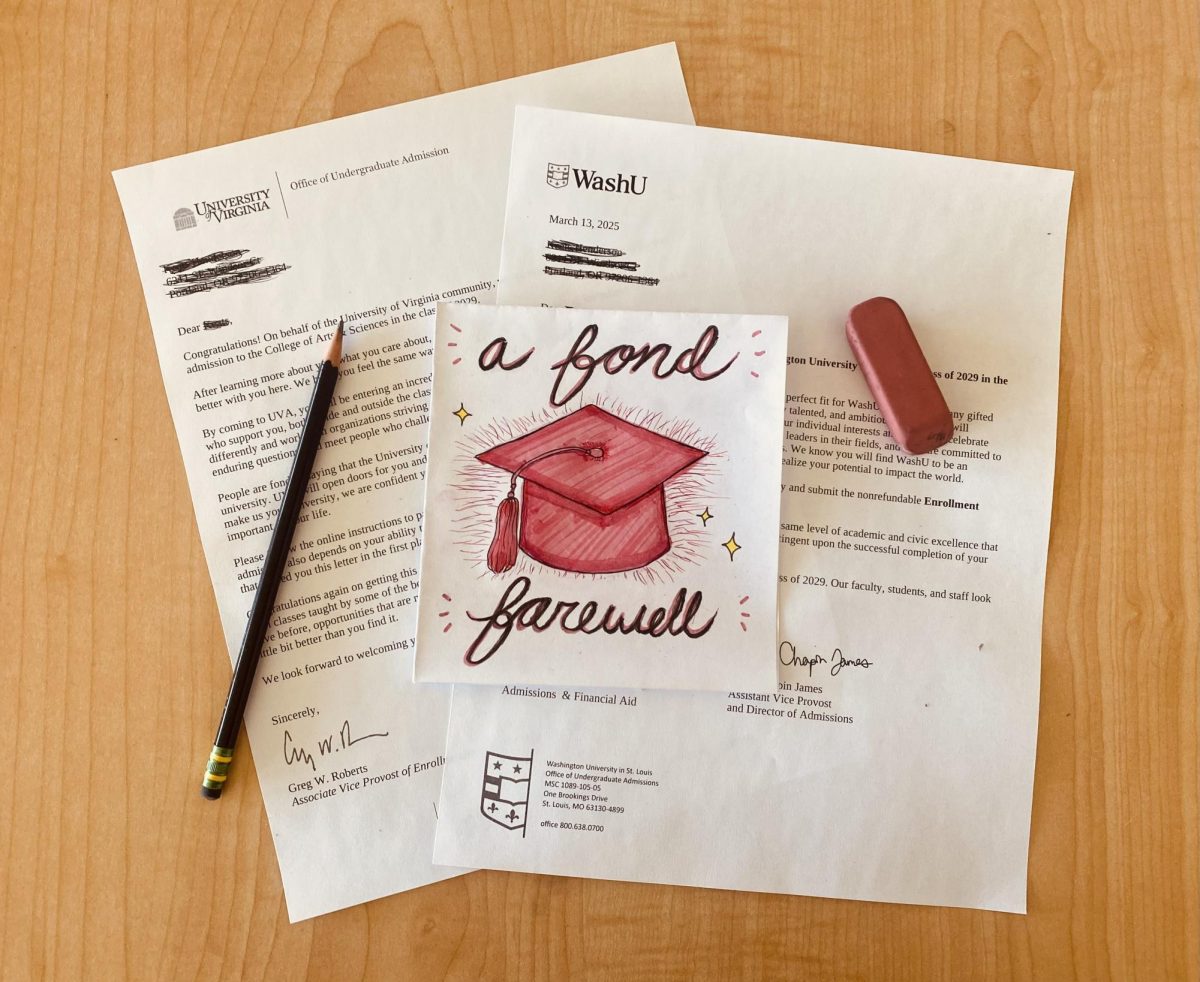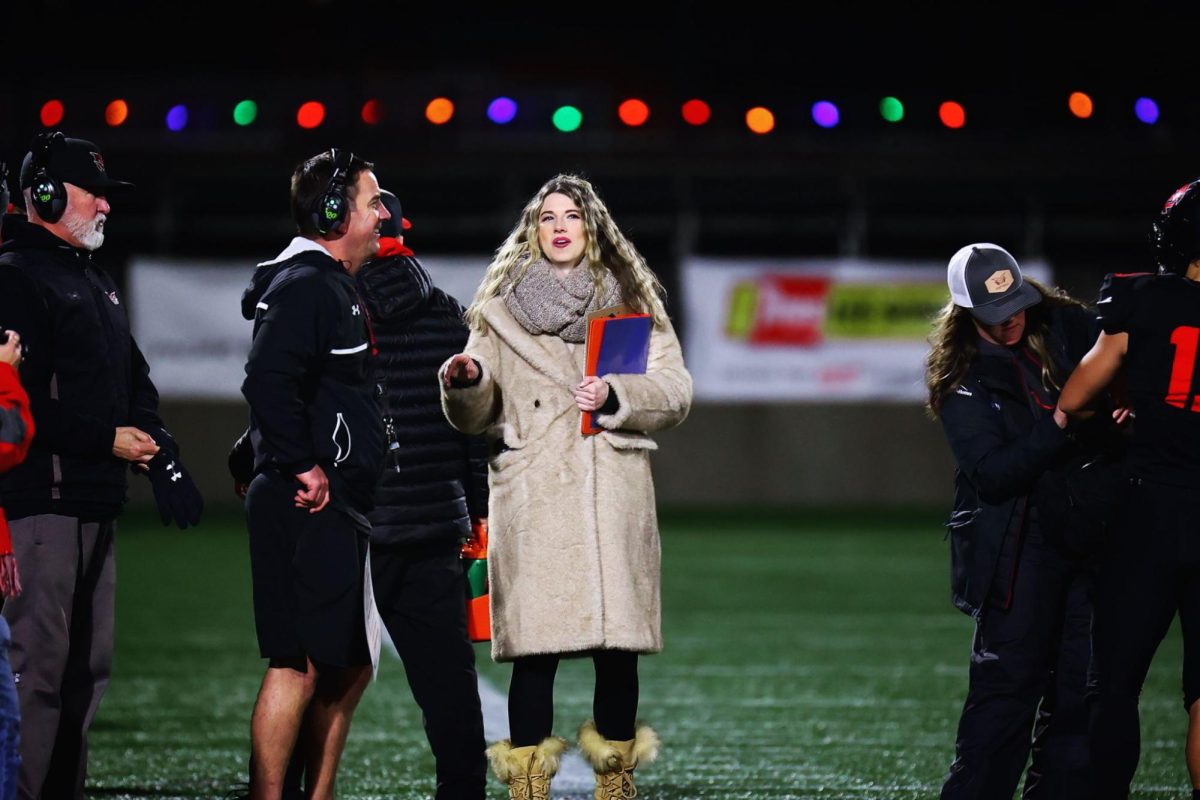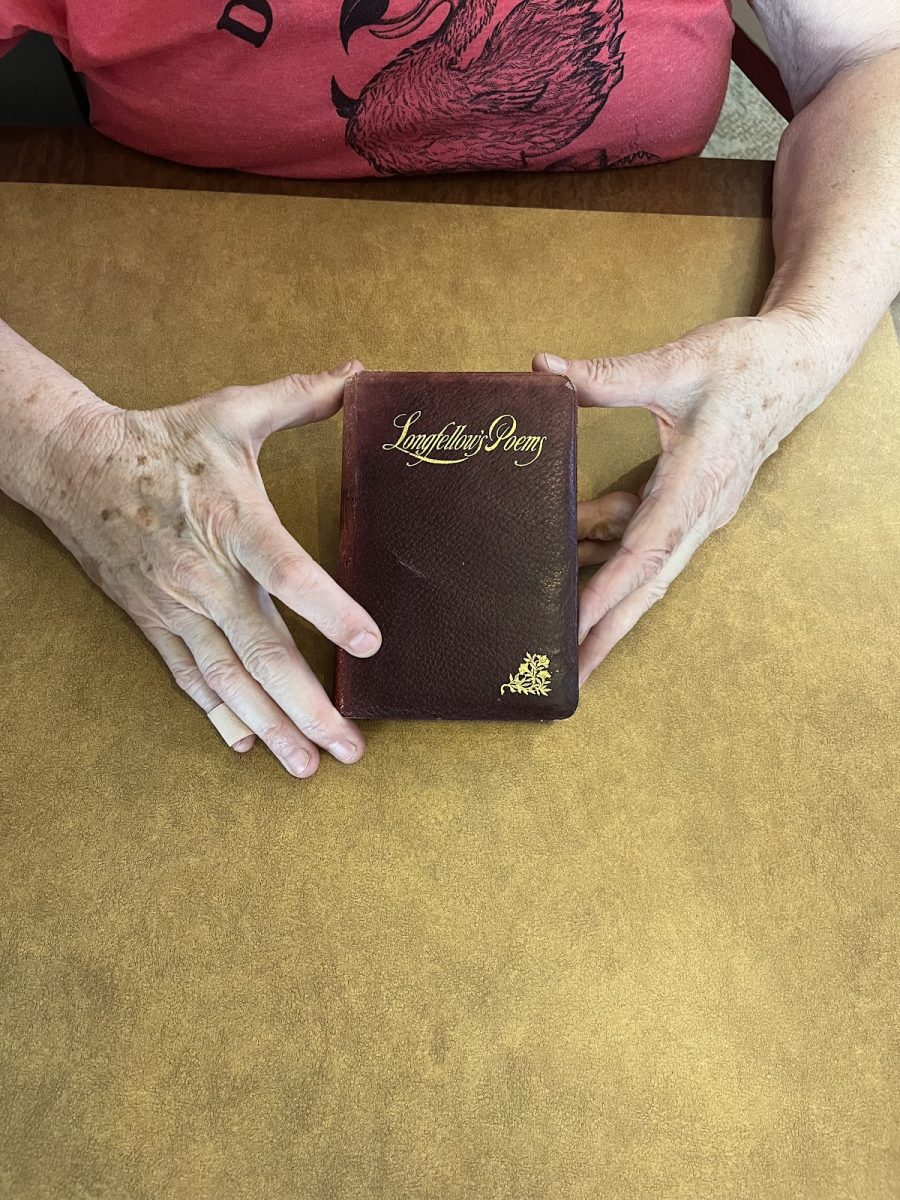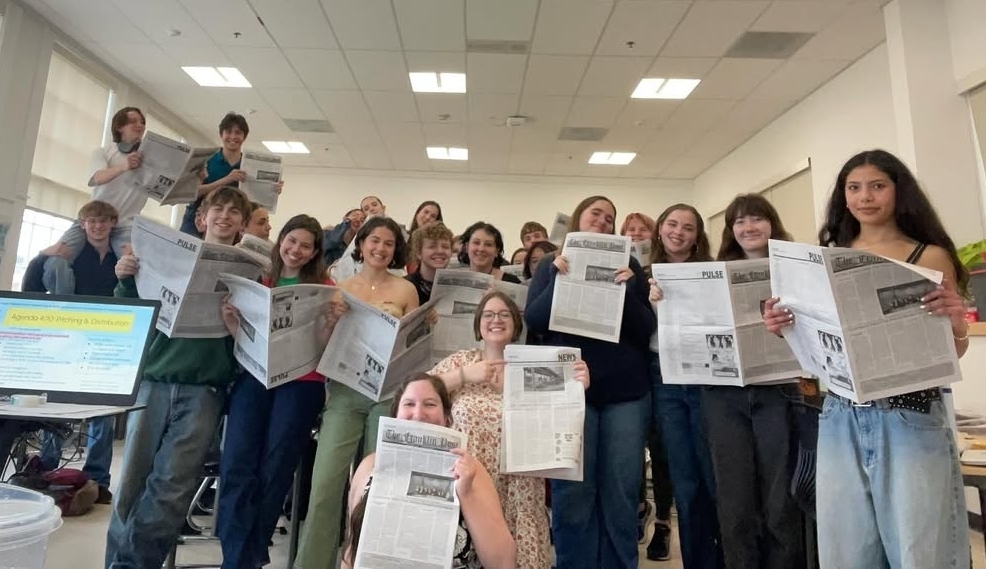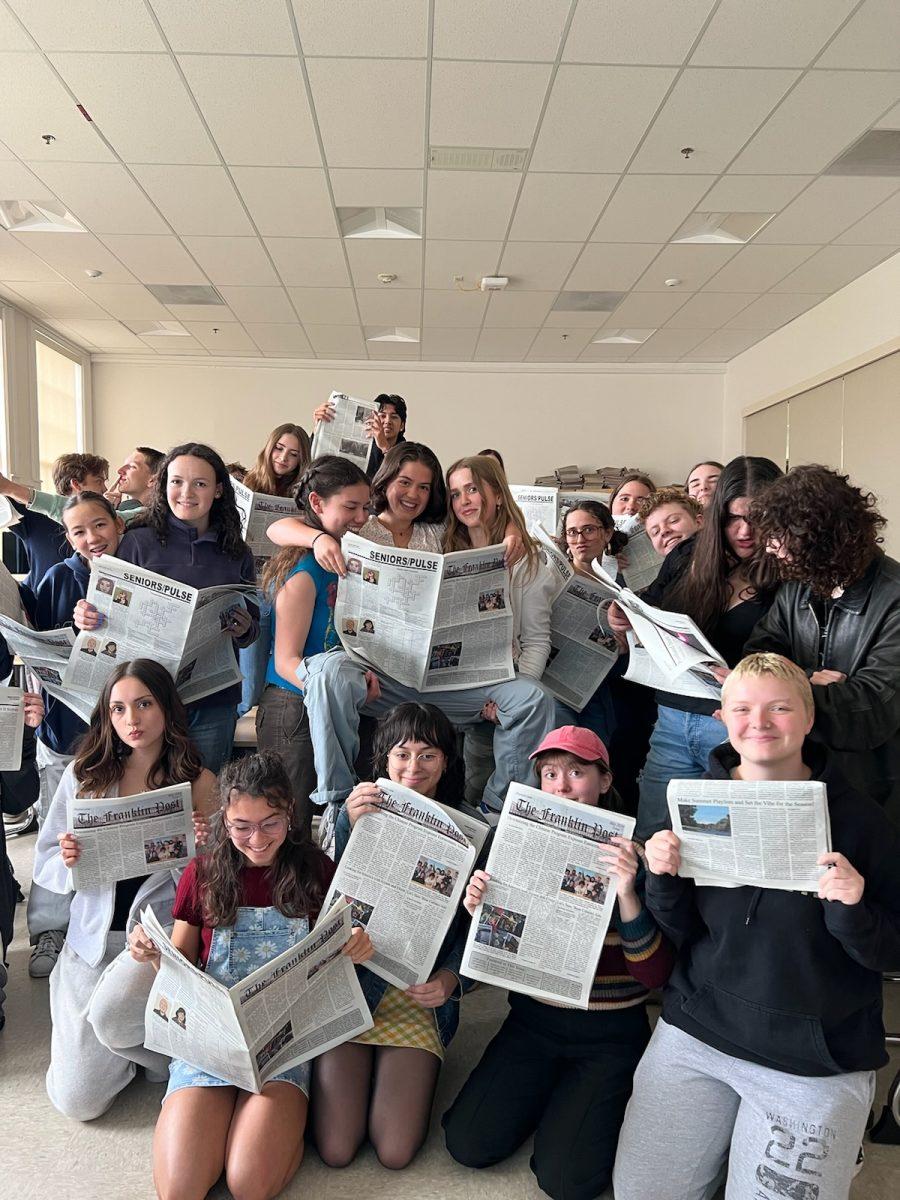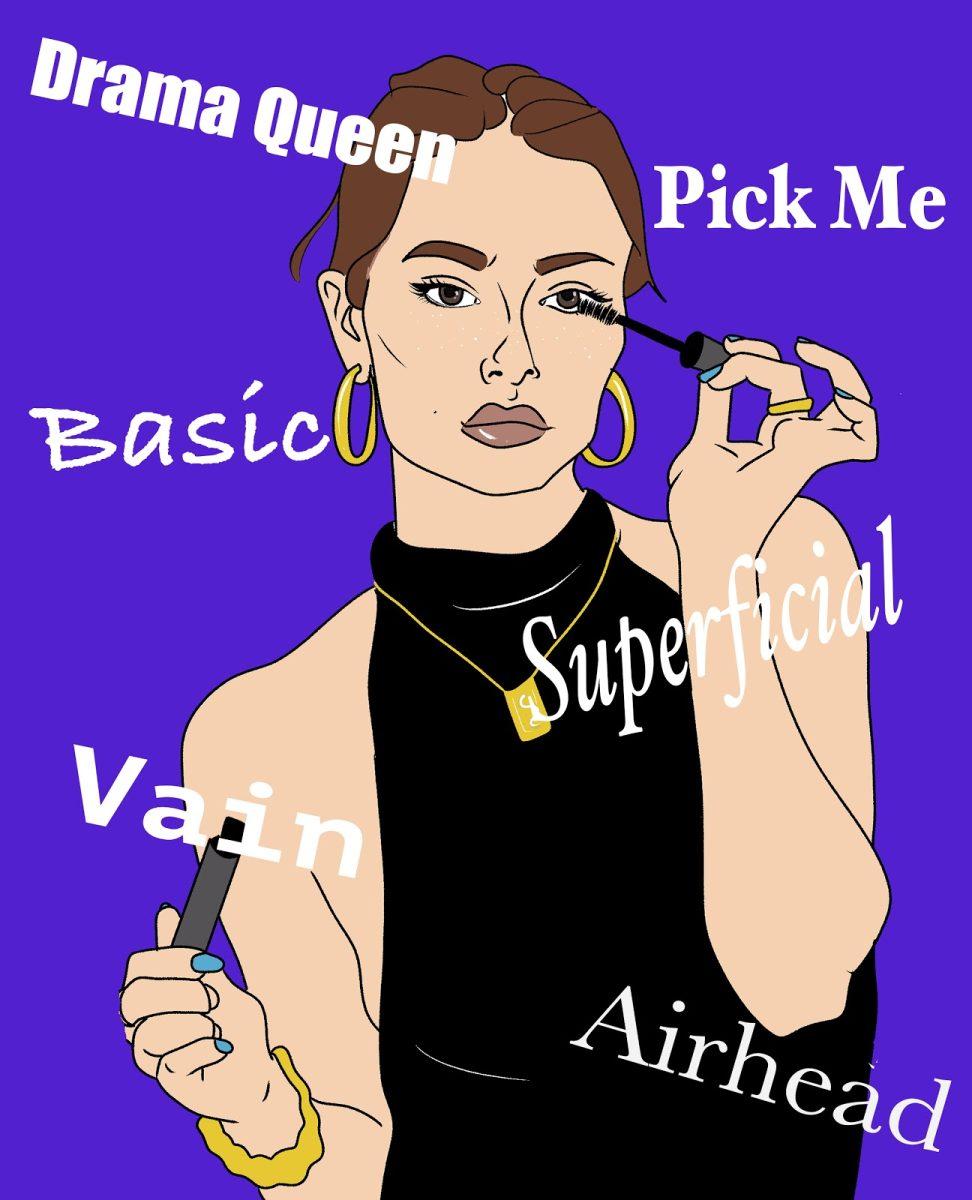In 2005 millions of people around the world fell in love with a vampire. The Twilight Saga laid the groundwork for a new genre of young adult romance, spawned a film series that managed to gross 3.3 billion dollars, and generated a fierce, almost cult-like following. Despite its obvious success, Twilight has become one of the most ridiculed franchises of the 21st century. Its plot, characters, and especially its fans have been endlessly satirized and the film even labeled the worst movie ever made.
But why is the Twilight franchise so vehemently hated? As Twilight’s screenwriter pointed out in a 2012 interview, Twilight is far from the only cringe-worthy movie made in the past two decades, yet it receives far more criticism than any mediocre movie targeted at a male audience. “We’ve seen more than our fair share of bad action movies, bad movies geared toward men or 13-year old boys. And you know, the reviews are like okay that was crappy, but a fun ride. But no one says ‘Oh my god. If you go to see this movie you’re a complete fucking idiot.’ And that’s the tone … with which people attack Twilight,” said Melissa Rosenberg.
For critics, the problem with Twilight is not its cheesiness, unrealistic plot, and promotion of unhealthy relationships. The problem is its audience: teenage girls. In the past ten years, making fun of young women and their interests has become the trendy thing to do. Teenage girls have become the targets of both misogyny and ageism. We are labeled as silly, superficial, vain, and overdramatic, and our interests are devalued by association.
The judgment of a girl’s interests starts much earlier than adolescence. Children are taught that boys like trucks and girls like dolls, boys like blue and girls like pink, boys are the heroes, and girls the passive victims. In this strict gender binary, it is the girly things that are seen as lesser. Even parents who try to escape the limits of the gender binary often encourage their young girls to adopt more boyish interests rather than vice versa. We push young girls to become engineers and laugh at the ones who dream of becoming fashion designers. The implicit message being that femininity is frivolous, and to be valued you must embrace the masculinity demanded by our patriarchal society.
This assumption is reinforced by our stories. Writers often feel the need to give female heroines traditionally masculine interests just to make them characters they feel everyone can root for. Daring to write a female heroine who is unapologetically feminine almost guarantees that the film will be relegated to the chick flick category and therefore not taken seriously. As a result, when girly girls do appear in media they are often paired with a more tomboyish character. The problem is that the girly-girl almost never gets to be the star of the story, instead being made an accessory to the more unconventional heroine. Even in Twilight, the girly-girl/tomboy diad is at play. Throughout the first film, Jessica Stanley (played by Anna Kendrick) is an average high school girl who crushes on boys and shops for prom dresses. She exists mainly to illustrate how unique and unconventional Bella is as if the directors of Twilight are saying, “Even though Bella is in love with someone who says he wants to kill her at least she doesn’t care about prom.”
We are conditioned to root for the girl who goes against the grain and looks down upon the feminine characters, perpetuating the idea that young women should strive to be “not like other girls.” Instead of pursuing their true interests, many women feel pressure to embody another media trope: the “cool girl.” Cool girl, a term defined by Gillian Flynn in her novel Gone Girl, is a woman who is not like other women. The cool girl is a male fantasy. “Being the Cool Girl means I am a hot, brilliant, funny woman who adores football, poker, dirty jokes, and burping, who plays video games, drinks cheap beer, loves threesomes and anal sex,” writes Flynn. On Tik Tok, the cool girl trope has manifested itself in the form of the “pick me”—someone who puts down other women and eschews girliness in order to get male attention.
One of the most poignant examples of sexism against teenage girls is the popularization of the term ‘basic.’ With its roots in Black culture, basic has been appropriated by the mainstream media, becoming a catch-all term for interests associated with teenage girls and women. Pop music, Starbucks, and Lululemon leggings are cornerstones of the basic bitch. As Noreen Malone writes for the New York Post, a basic bitch at her core is “a woman who enjoys being a woman—she delights in all the things that men dismiss as unserious or that don’t even register for them as existing.” In our society where “boys will be boys,” we have demonized the girls that dare to be girls.
Even music is subject to being demonized for being “mainstream.” In the early 2000s, bubblegum pop was criticized for its upbeat sound that appealed to a largely female demographic. Some artists have even adopted a “not like other musicians” persona. Prior to the release of her Summertime Sadness album, Lana Del Rey attempted to call out artists who had criticized her music’s dark subject matter. “Now that Doja Cat, Ariana [Grande], Camila [Cabello], Cardi B, Kehlani and Nicki Minaj and Beyoncé have had number ones with songs about being sexy, wearing no clothes, fucking, cheating, etc — can I please go back to singing about being embodied, feeling beautiful by being in love even if the relationship is not perfect, or dancing for money — or whatever I want — without being crucified or saying that I’m glamorizing abuse?” she asked. Her statement was heavily criticized in the media (and rightly so) for implying that the subject matter of her music was superior and less frivolous than the work of other female artists. Not to mention that the artists she shamed were mostly women of color.
The Lana Del Rey controversy is just one example of how women are pitted against each other. As girls enter adolescence they become aware of the innate competition between women instilled in us by our culture and often feel pressured to reject the ideas of traditional femininity in order to differentiate themselves from those around them. This is why middle school is the prime age for the “not like other girls” mentality. The ridicule of all things girly comes from all directions and is internalized by young women.
But the media’s praise of women who embrace masculine interests is relatively new. For centuries, ultra femininity was the ideal for western women. Young women served as status symbols for families and were trained to perform girliness in an effort to make an advantageous marriage. This exacting standard for girliness remained inaccessible for women who were poor or not white. Even now, the image of ultra femininity remains tied to wealth as illustrated in movies like Clueless in which Cher and her Beverly Hills friends single out Tai—implied to be less wealthy—for her unfeminine interests. Women of color also continue to be excluded from the girly-girl label unless they are depicted as fabulously wealthy.
It was not until the late 19th century that the idea of the “new woman” was popularized. These women pursued education, the right to vote, and fought for their own careers. From this point, two different kinds of femininity emerged: the stereotypical girly-girl who pursued marriage and traditional gender roles and the pioneering woman who had ambitions that defied the traditional confines of her gender. By the late 1960s, the shunning of traditional feminity became a key aspect of second-wave feminism as women tried to break from the cultural confines placed on their sex. But the widespread rejection of femininity left the girly-girls behind.
I’ve seen the consequences of demonizing femininity with my own eyes when the father of the 11-year-old girl I babysat openly criticized young women for wearing makeup just as I stood there before him suddenly feeling out of place with my winged eyeliner and pink nails. I’ve seen it when I am mocked for saying “like” and “omg” by classmates. I’ve seen it when men on the street make fun of my friend and me for taking a selfie. As young women, we can’t even breathe without being told we are doing something wrong. It’s no wonder that so many of us are adamant to assert our individuality by claiming to be not like other girls.
Our hatred of teenage girls is deeply rooted in our patriarchal society. Combatting it requires us to examine our own biases and recognize that intersectionality is needed in our feminism if we are to truly combat our culture’s sexism. It’s high time we stop pitting women against one another and finally shed our baggage around liking the color pink.










